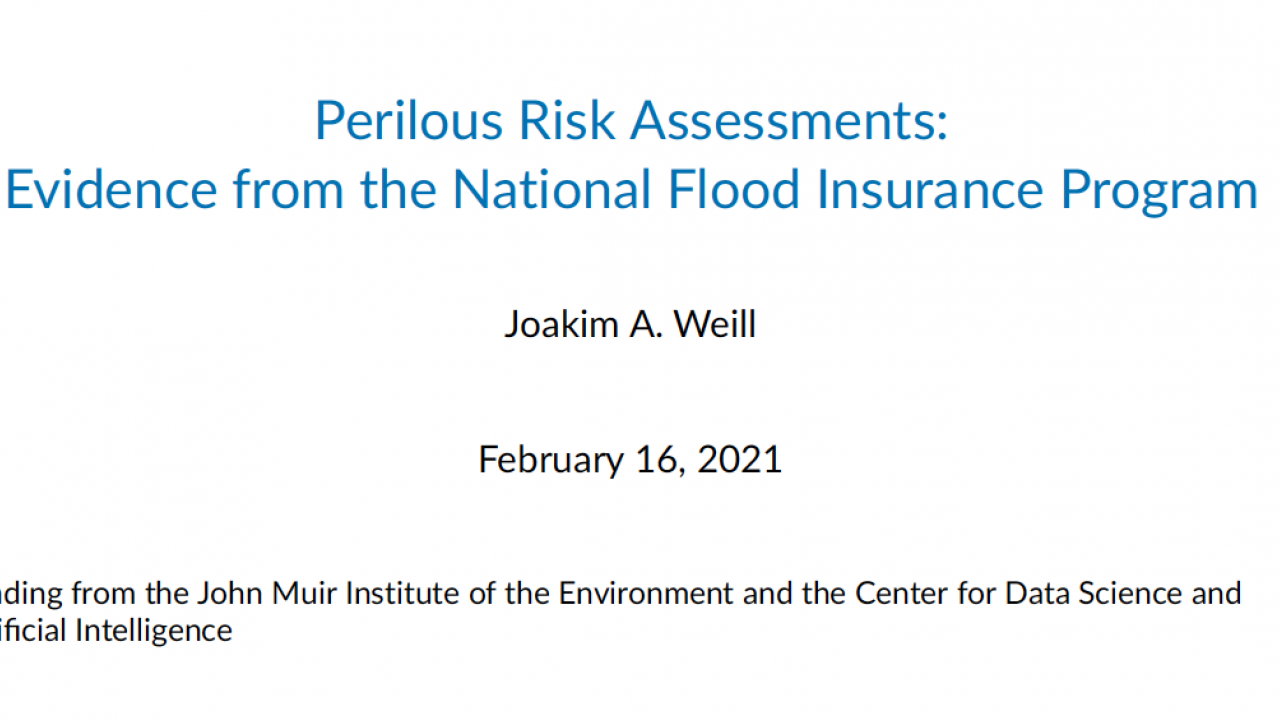
Lab Seminar - Perilous risk assessments: evidence from the national flood insurance program
Joakim Weill updated his research on flood maps and the demand for flood insurance. Flooding events are expected to become more frequent and destructive, but the demand for flood insurance in the United States has remained extremely low. In an effort to improve flood risk estimation, information access and insurance take-up, the Federal Emergency Management Agency is investing in one of the most expensive cartography efforts in US history to provide updated and digital flood insurance rate maps throughout the US. In this paper, Jo first provides new descriptive evidence showing that the digitization of flood maps lead to the rezoning of more than three million individuals outside of the high risk flood zones. Using novel data from a US-wide model of flood risk, he finds that many of these rezonings are in line with the best available flood science, but that major discrepancies between official flood maps and independent flood risk estimation exist in all states. Jo then estimates the impact of rezoning on insurance take-up and find that individuals tend to drop their flood insurance when rezoned outside of a high-risk zone, but are induced to purchase insurance when rezoned towards the 100-year floodplain. On aggregate, flood map updates decreased the demand for insurance by more than 100,000 policies. Leveraging a novel approach based on the estimation of local synthetic controls, Jo shows that the largest declines were concentrated in neighborhoods with a higher share of African Americans. This pattern is not driven by income and is best explained by heterogeneity in policy implementation.